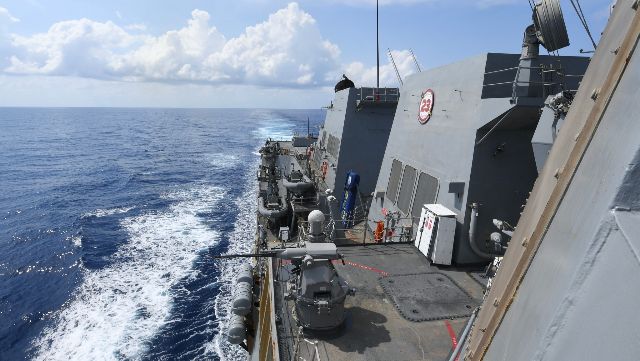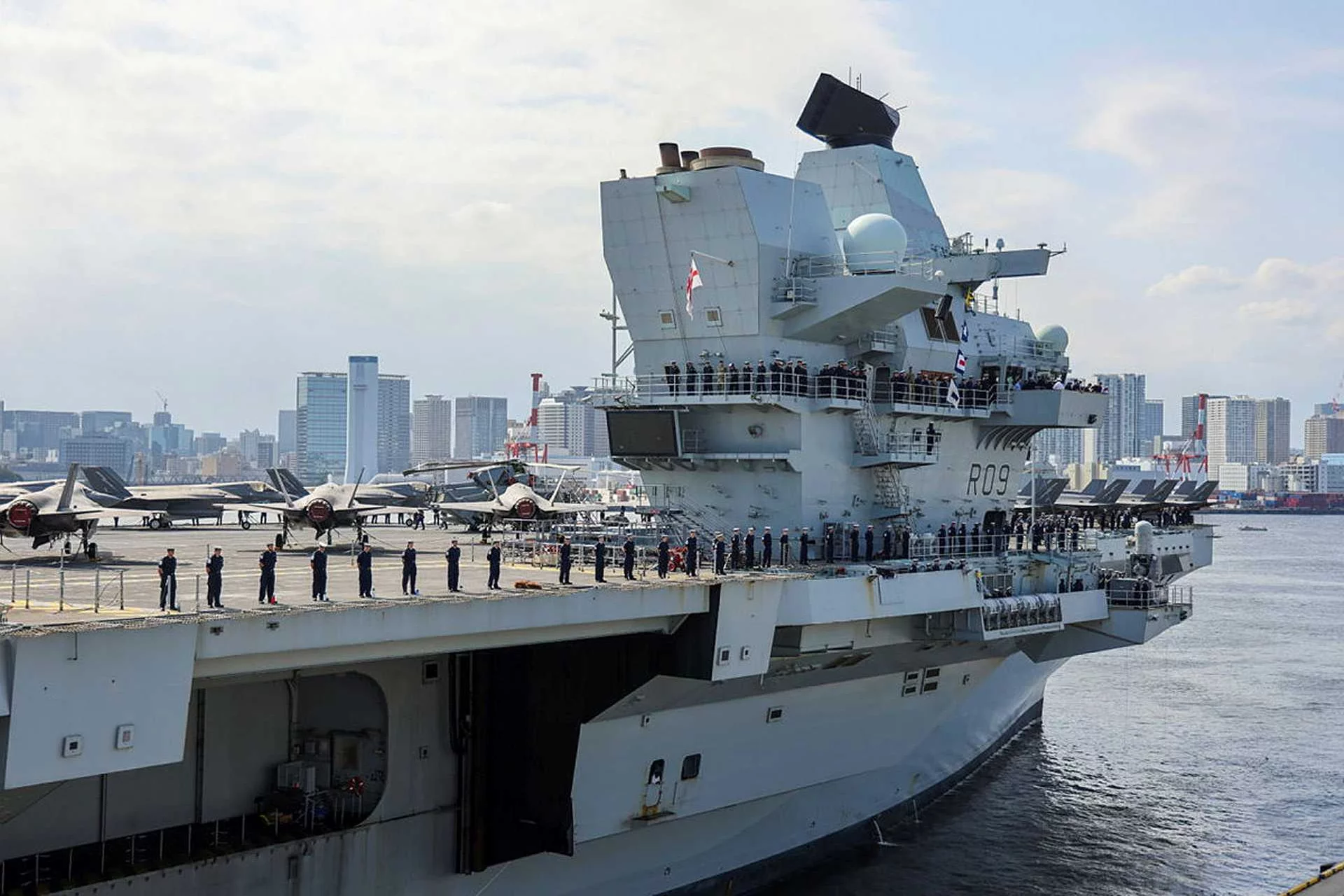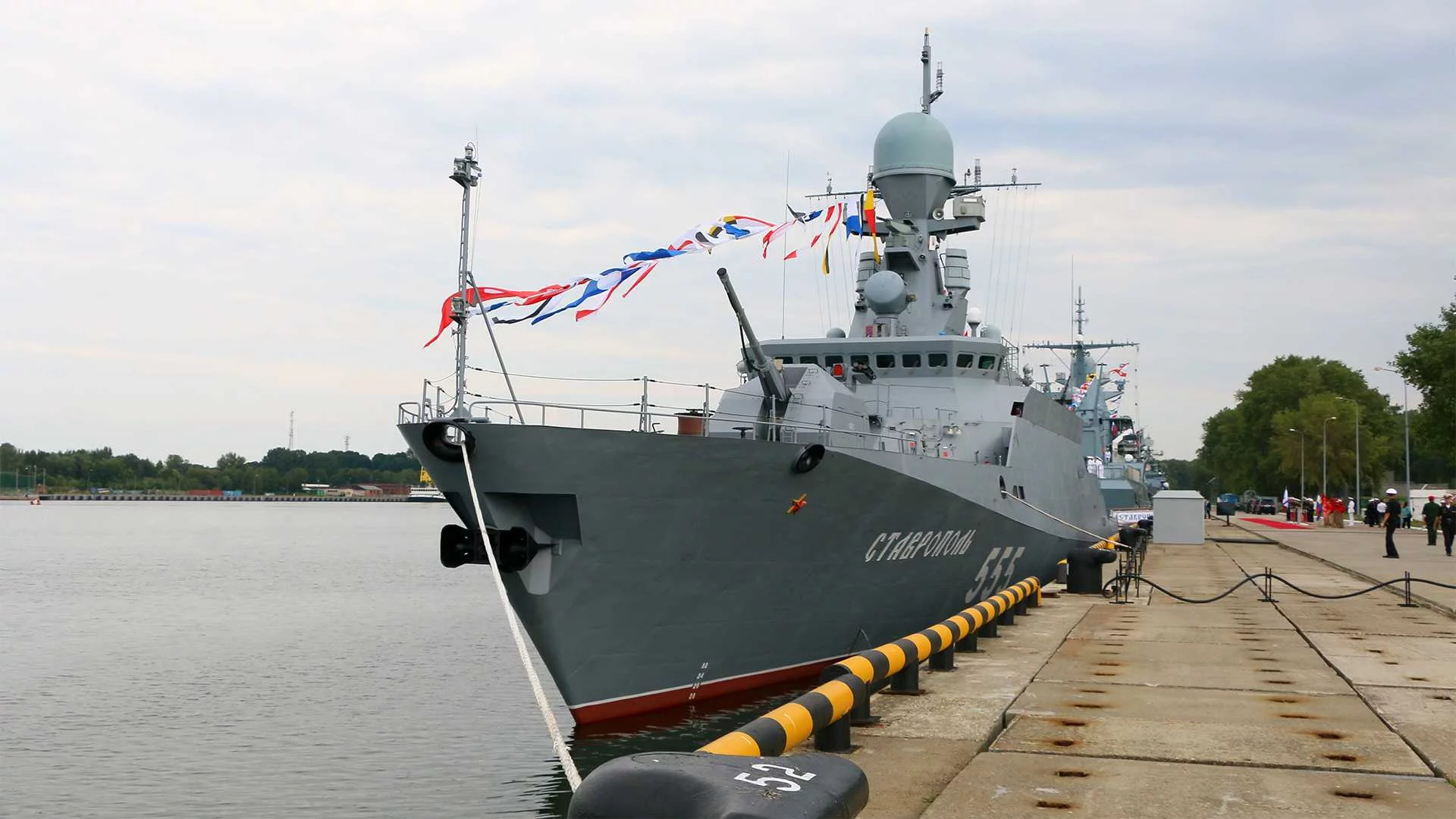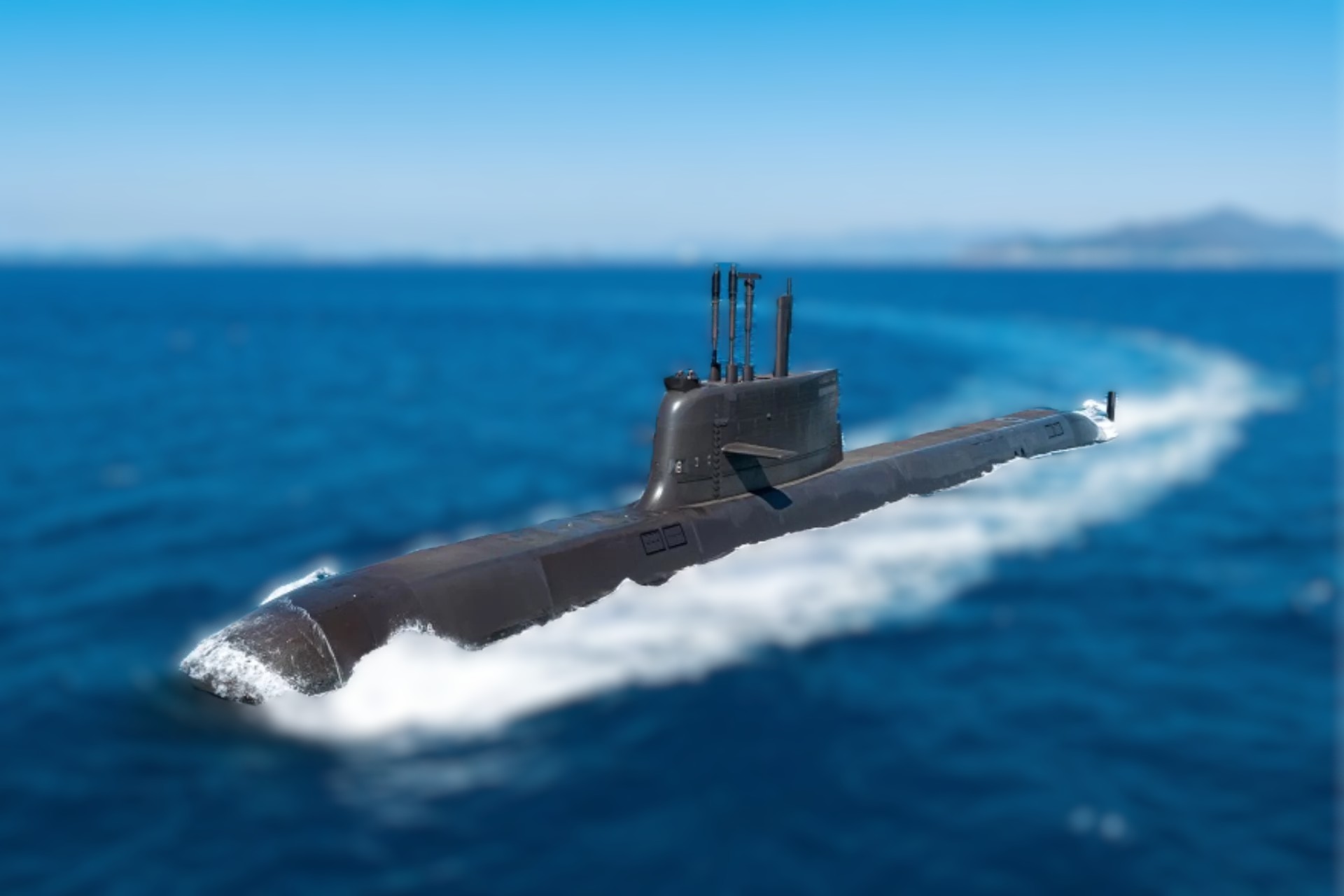The U.S. Navy’s Arleigh Burke-class destroyers, a cornerstone of its surface fleet since 1991, are set for a transformative upgrade through the Naval Sea Systems Command’s (NAVSEA) DDG Modernization 2.0 program. This ambitious initiative aims to integrate cutting-edge technologies into Flight IIA ships, ensuring they remain a dominant force in naval warfare by 2029. But why is this upgrade critical now, and how will it reshape global naval power? What hurdles await industry partners as they align with this vision? As NAVSEA prepares for an Industry Day in August 2025, the stage is set for a pivotal evolution in maritime defense.
The Strategic Imperative for DDG Modernization 2.0
The DDG Modernization 2.0 program is a bold step to maintain the U.S. Navy’s technological and operational edge in an era of rapidly evolving global threats. Designed to enhance the combat capabilities of Arleigh Burke-class destroyers, this initiative goes beyond routine upgrades, focusing on advanced systems like the SPY-6(V)4 Air and Missile Defense Radar, the SLQ-32(V)7 Surface Electronic Warfare Improvement Program (SEWIP) Block III, and High Efficiency Super-Capacity (HESC) Chillers. These upgrades address the Navy’s need to counter sophisticated threats, from hypersonic missiles to cyber warfare, in an increasingly contested battlespace.
This modernization is driven by the need to extend the operational life of the destroyer fleet while preparing it for future challenges. By enhancing radar, electronic warfare, and mechanical systems, DDG MOD 2.0 ensures these ships can handle diverse missions, from ballistic missile defense to operations in high-threat environments. The program also emphasizes collaboration with industry, with the upcoming Industry Day serving as a platform to align contractors with NAVSEA’s strategic goals, ensuring timely and effective execution of this transformative effort.
The Enduring Legacy of Arleigh Burke-Class Destroyers
Named after Admiral Arleigh Burke, a World War II naval hero, the Arleigh Burke-class destroyers have been the backbone of the U.S. Navy’s surface fleet for over three decades. Since the commissioning of USS Arleigh Burke (DDG 51), these ships have delivered unmatched versatility, equipped with the AEGIS Combat System and capable of countering air, submarine, and surface threats. With over 70 ships across three Flights (I, II, and IIA), they have projected power globally, from the Indo-Pacific to the Persian Gulf, supporting missions ranging from deterrence to humanitarian aid.
However, as adversaries deploy advanced technologies like hypersonic weapons and electronic warfare systems, the Navy must modernize to maintain its edge. Aging systems, though reliable, require upgrades to ensure operational relevance against emerging threats. DDG Modernization 2.0 addresses this by enhancing critical systems, ensuring these destroyers remain a symbol of American naval power and a key asset in multi-mission operations.
Core Components of DDG MOD 2.0
DDG Modernization 2.0 is a comprehensive overhaul aimed at elevating the combat effectiveness of Arleigh Burke-class destroyers. Central to this effort are three key upgrades:
- SPY-6(V)4 Radar: This next-generation radar offers superior sensitivity and range, capable of detecting and tracking stealthy, high-speed targets like hypersonic missiles. Its modular design enables simultaneous tracking of multiple threats, enhancing situational awareness and response times.
- SLQ-32(V)7 SEWIP Block III: This advanced electronic warfare system allows destroyers to detect, jam, and deceive enemy radar and communication systems, providing a critical defense against anti-ship missiles and hostile surveillance.
- HESC Chillers: These high-efficiency cooling systems optimize the performance of advanced electronics and weaponry, reducing energy consumption and ensuring reliability under intense operational conditions.
Together, these upgrades enhance the destroyers’ ability to dominate multi-domain battles, ensuring they remain formidable in modern naval warfare.
Industry Day: Fostering Collaboration for Success
Scheduled for August 19-22, 2025, in Washington, D.C., NAVSEA’s Industry Day is a critical milestone in the DDG Modernization 2.0 program. This event will bring together defense contractors to discuss the technical and logistical demands of the Full DDG MOD 2.0 Depot Modernization Period (DMP) Availabilities, set to begin in FY 2029. NAVSEA aims to clarify project requirements, gather industry feedback, and ensure alignment with its strategic objectives.
Contractors must demonstrate robust capabilities, including experience with dry-dock and pier-side maintenance for DDG 51 Flight IIA ships. A NAVSEA Master Ship Repair (MSR) Agreement is preferred, though companies without one can participate by submitting a five-page capability statement and planning to secure an MSR by 2029. Interested firms must submit their intent by July 29, 2025, with the Request for Proposal (RFP) expected in Q2 FY 2028. This process underscores NAVSEA’s commitment to partnering with industry to deliver cutting-edge upgrades on time and within scope.
Challenges and Opportunities for Industry
The DDG Modernization 2.0 program will significantly impact the naval shipbuilding and defense maintenance markets, creating opportunities for contractors while presenting complex challenges. The demand for specialized repair and modernization services will surge, offering lucrative contracts for firms capable of installing advanced radar and electronic warfare systems. This initiative could reshape market dynamics, prioritizing companies with cutting-edge capabilities and robust infrastructure.
However, the program’s technical complexity requires contractors to have advanced facilities, skilled workforces, and stringent quality assurance programs. Smaller firms or those new to the defense maintenance market may struggle to meet NAVSEA’s rigorous standards, while tight timelines and fierce competition add further pressure. Success will depend on companies’ ability to invest in technology, streamline operations, and deliver on the Navy’s exacting requirements.
Strengthening Naval Power and Global Security
DDG Modernization 2.0 will significantly enhance the U.S. Navy’s warfighting capabilities, equipping Arleigh Burke-class destroyers with advanced detection, engagement, and survivability features. These upgrades will enable the ships to counter a wide range of threats, from missile salvos to submarine attacks, while supporting joint operations in contested environments. Enhanced interoperability with allied navies will strengthen coalition efforts, ensuring seamless integration in both conflict and peacekeeping missions.
Globally, the program will bolster maritime security by reinforcing the Navy’s ability to deter aggression and respond to emerging threats. In strategic regions like the Indo-Pacific and Middle East, these upgraded destroyers will protect vital sea lanes, ensure freedom of navigation, and provide rapid response during crises. By maintaining a technological edge, the U.S. Navy will reinforce its role as a global maritime leader, fostering stability and deterring adversaries.
Looking Ahead: A New Era for Naval Warfare
The DDG Modernization 2.0 program represents a critical step in the evolution of the U.S. Navy’s Arleigh Burke-class destroyers, blending advanced technology with strategic foresight. By equipping these ships with state-of-the-art systems, the Navy is ensuring their relevance in an increasingly complex geopolitical landscape. The collaboration with industry, highlighted by the August 2025 Industry Day, will be key to overcoming technical and logistical challenges.
With the RFP expected in Q2 FY 2028 and the first availability in FY 2029, the program’s success will shape naval readiness and national security for decades. For stakeholders in defense, technology, and global security, DDG Modernization 2.0 is a transformative effort worth watching, promising to redefine naval warfare and strengthen America’s maritime dominance.




